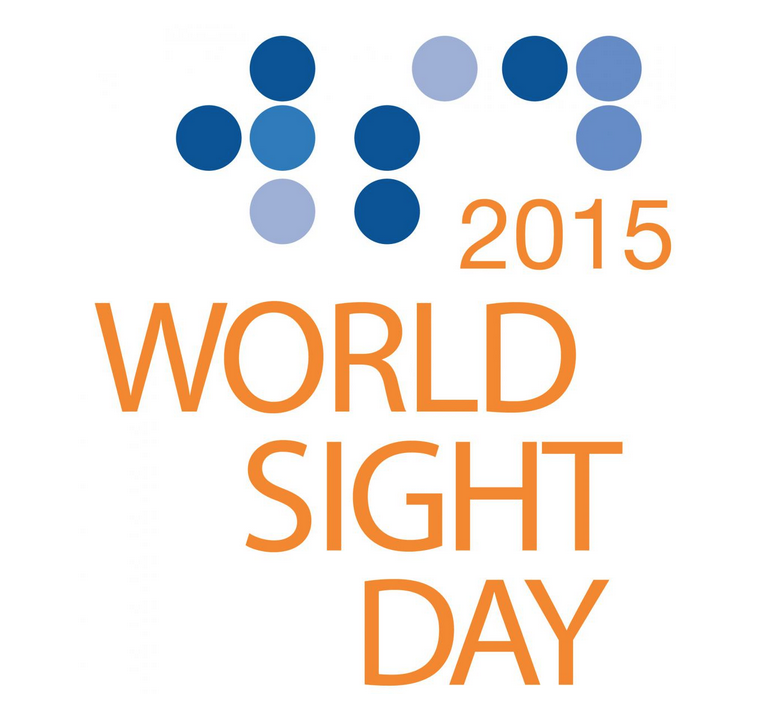
In honor of Disability Employment Awareness Month, the Office of Special Services (OSS) is working to raise awareness of disabilities by offering daily facts and tips about people with disabilities and living with disability. Please take a minute to read and broaden your understanding.
Today’s topic is: October 8, 2015 is World Sight Day. This year’s call to action:
World Sight Day is an important advocacy and communications opportunity for the eye health community. It is a great time to engage with a wider audience – a patient’s family, those who seldom get an eye exam, diabetics – and showcase why eye health needs everybody’s attention.
Eye care for all: This year, The International Agency for the Prevention of Blindness (IAPB) urges you to focus on everybody who needs eye care services – everybody. Think of all the groups of people who need eye care – especially the most vulnerable or the ones most in need. What can we do to bring eye care to them all? How can we ensure that access to eye care is not limited by gender or geographic location, or even financial status? Do remember, ‘Eye Health’ also includes rehabilitation and assistive services for those with irreversible vision loss.
This World Sight Day, let’s do something that will draw attention to the great unmet need in eye care services.
On World Sight Day, IAPB members work together to:
1. Raise public awareness of blindness & vision impairment as major international public health issues
2. Influence Governments/Ministers of Health to participate in and designate funds for national blindness prevention programs
3. Educate target audiences about blindness prevention, about VISION 2020 and to generate support for VISION 2020 program activities
International Key Messages:
1. Approximately 285 million people worldwide live with low vision and blindness
2. Of these, 39 million people are blind and 246 million have moderate or severe visual impairment
3. 90% of blind people live in low-income countries
4. Yet 80% of visual impairment is avoidable – i.e. readily treatable and/or preventable
5. Restorations of sight, and blindness prevention strategies are among the most cost-effective interventions in health care
6. The number of people blind from infectious causes has greatly reduced in the past 20 years
7. An estimated 19 million children are visually impaired
8. About 65 % of all people who are visually impaired are aged 50 and older, while this age group comprises only 20% of the world’s population
9. Increasing elderly populations in many countries mean that more people will be at risk of age-related visual impairment.
The above information was taken from the website of the IAPB. For more information about World Sight Day, click here.
